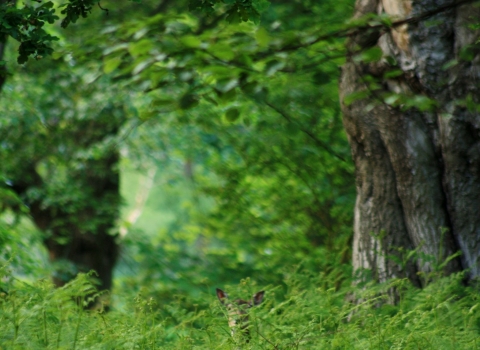Ticks are small arachnids, which feed on the blood of animals including pets and people. Some ticks carry a bacterial infection called lyme disease.
Widespread across the UK, ticks are most active from May to October, especially in warm Weather. They are usually found in long grass, rough vegetation and woodland.
Taking precautions
Simple steps to avoid coming into contact with ticks:
- Wear long trousers
- Stick to clearly defined paths
- Avoid brushing against or walking through long grass and vegetation
- Wear light-coloured clothing so ticks are easier to spot and brush off.
Tick removal
Whilst not all ticks have the bacteria that causes Lyme Disease, they are still an unwelcome guest and should be carefully removed with a special tick removal tool or fine tipped tweezers, which can be obtained from most chemists, vets or pet shops.
Take care when removing a tick. It is important not to crush, smother or burn it, as this may cause the tick to regurgitate its infected stomach contents into the wound. Do not try an pull off a tick with your fingers, as this may cause the head and/or mouthparts to stay embedded in your skin.
Lyme Disease
Some ticks carry bacteria which causes lyme disease. Similar to the symptoms of influenza, people with lyme disease may experience flu-like symptoms such as a temperature, head-aches, muscle or joint pain and tiredness or loss of energy. Another sign is a bullseye rash pattern on the skin (usually centred around the bite), but this is not always present. If you develop these symptoms after being bitten by a tick, contact you GP.
- Please visit NHS Choices website for more details.
- More information about ticks and associated diseases is available from Lyme Disease Action
Enjoy the countryside, but try to remember to be tick aware!

